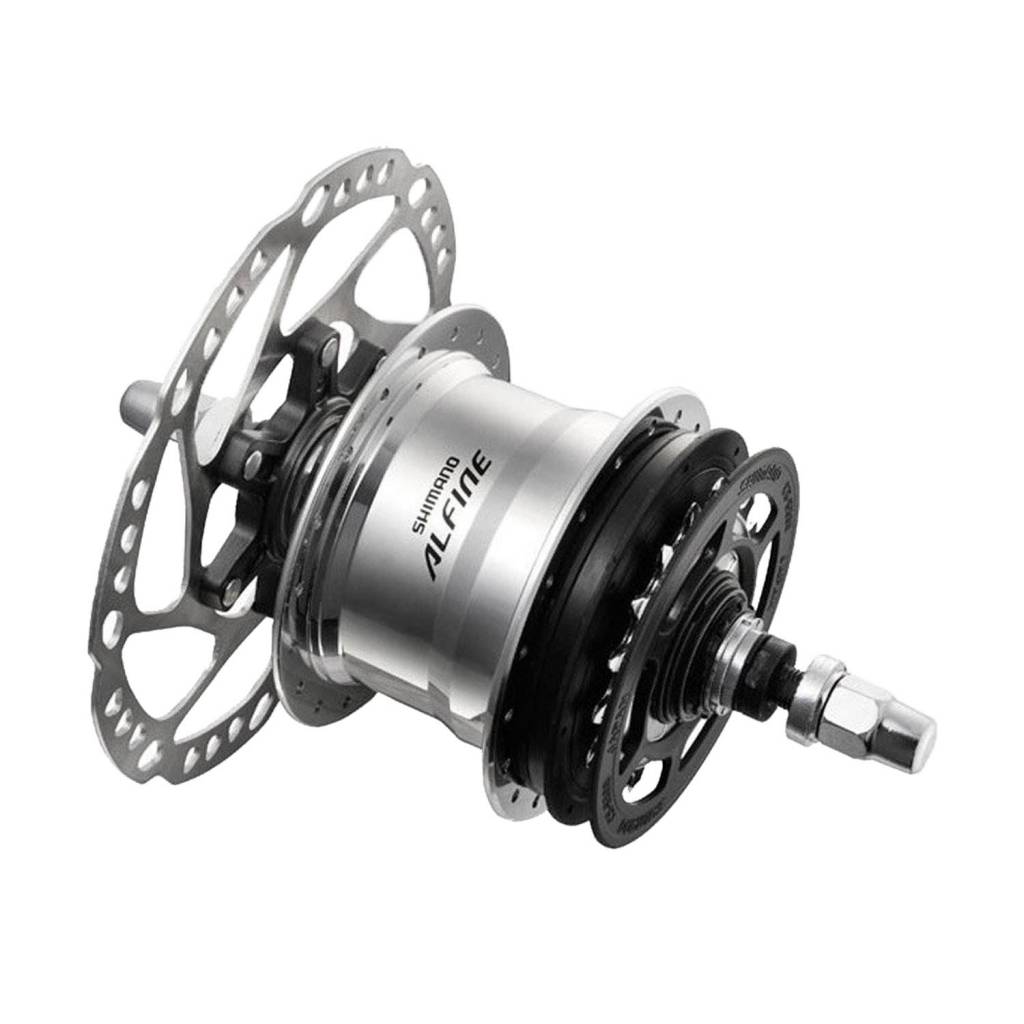Product Name: 11 speed discount internal hub
Shimano Alfine SG S7001 11 Internal Gear Hub Centerlock 10x135mm 11 Speed black discount, Shimano Alfine Di2 SG S7051 11 Internal Gear Hub Centerlock 10x135mm 11 Speed silver discount, Shimano Alfine SG S7001 11 Speed Disc Hub without Fittings 135mm Black discount, SHIMANO ALFINE Internal Geared Hub Disc Brake 11 speed SHIMANO discount, The Incredible 199 Internal Gear Bicycle Hub Shimano Alfine discount, Shimano Alfine wheel 11 speed internal geared hub discount, Shimano Alfine SG S705 Alfine Di2 internal hub gear 11 speed 36h silver discount, Shimano Alfine 11 Speed hub Ligfietsshop discount, Shimano Alfine SG S7001 11 Speed Disc Hub without Fittings 135mm Silver discount, The Incredible 199 Internal Gear Bicycle Hub Shimano Alfine discount, Shimano Alfine SG S7001 Internal Geared Disc Brake 11 Speed Hub discount, Review Shimano Alfine 11 hub gear and shifter road.cc discount, The Shimano Alfine 11 speed internal gear hub discount, Shimano Alfine 11 Speed hub discount, Most complete page about the Shimano Alfine Inter 11 Internal Gear hub discount, SHIMANO ALFINE DI2 Internal Geared Hub Disc Brake 11 speed discount, Review Shimano Alfine 11 hub gear and shifter road.cc discount, Shimano Alfine 11 Speed Sg s7051 Di2 Disc Internal Hub Gear discount, Shimano Alfine 11 Hub SG S7001 11 Northside Cycles discount, Shimano Alfine SG S7051 Alfine 11 speed Di2 Disc Internal Hub Gear discount, URBAN INTERNAL GEARED HUB SHIMANO BIKE COMPONENT discount, The Incredible 199 Internal Gear Bicycle Hub Shimano Alfine discount, SHIMANO ALFINE SG S700 Internal Hub 11 Speed Internal Assembly Axle Length 187 mm Y37R98010 discount, Shimano Alfine 11 Speed SG S700 Internal Assembly India Ubuy discount, SHIMANO ALFINE SG S7001 11 Internal Geared Hub Disc Brake 11 Speed 32 Holes discount, Hands On Bike Shimano Alfine 11 Internal Hub Review discount, Shimano Alfine SG S7001 Alfine 11 speed Disc Hub Without Fittings discount, Buyer s guide to internal gear hubs Should you swap your discount, Shimano Alfine 11 speed internal gear hub Spinal Tap 2010 discount, fietsenwinkel fabricage wereldwijde verzending discount, The Incredible 199 Internal Gear Bicycle Hub Shimano Alfine discount, Shimano Alfine hub review YouTube discount, Review Shimano Alfine 11 hub gear and shifter road.cc discount, Shimano Alfine Di2 SG S7051 11 Internal Gear Hub Centerlock 10x135mm 11 Speed silver discount, SHIMANO SG S7001 Alfine Internal hub Gear 8 Speed 36h Silver discount.
11 speed discount internal hub






